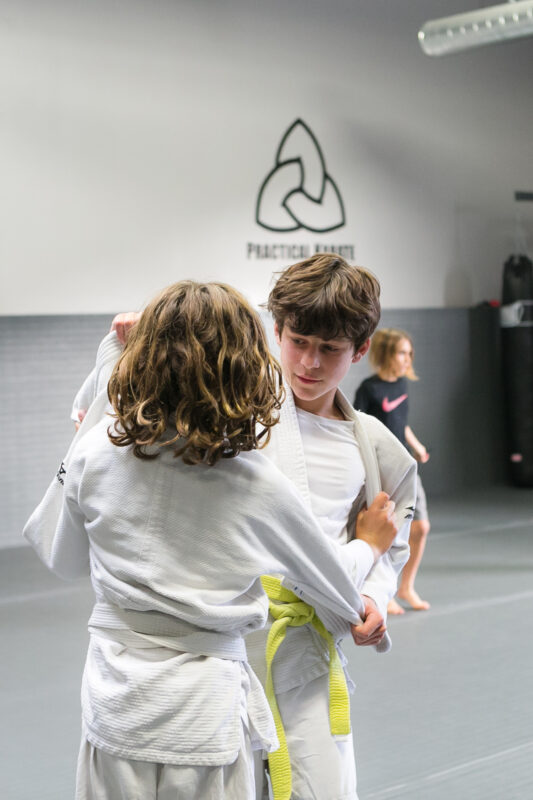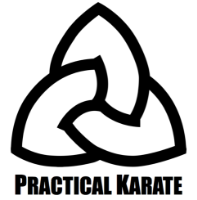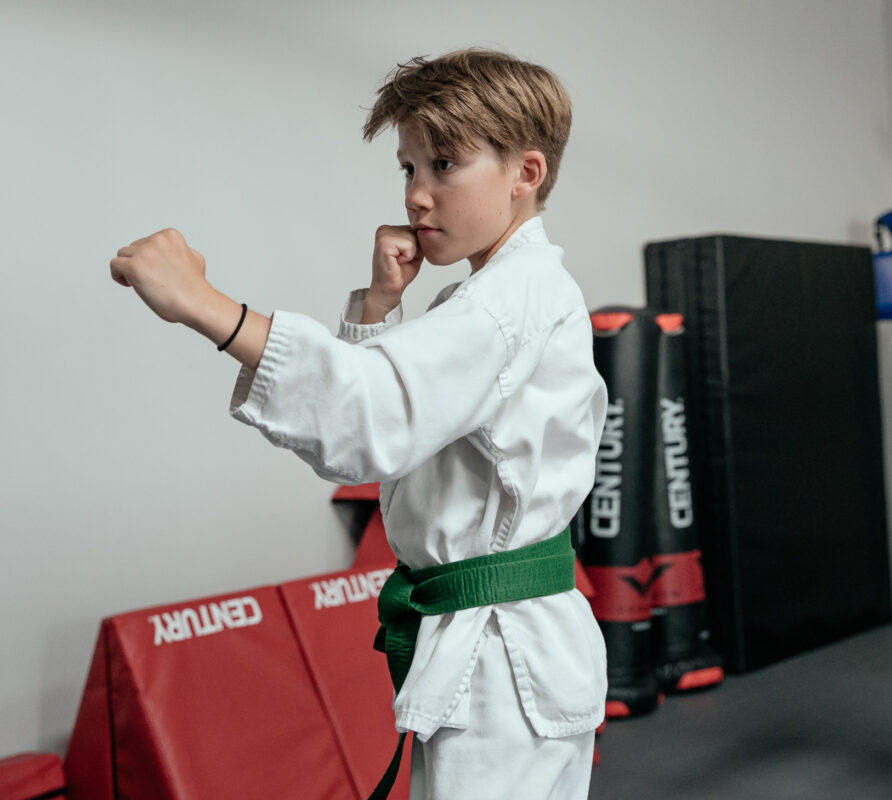Martial Arts
The Karate Style at Practical Karate in San Diego: A Unique Approach to Martial Arts Training
At Practical Karate in San Diego, the emphasis is on a style that combines traditional techniques with modern adaptations to create a comprehensive, effective, and accessible martial arts training for students of all ages. Practical Karate offers a distinctive approach to martial arts by blending traditional and modern martial arts techniques while preserving the culture of traditional Karate.
A Modern Approach to Martial Arts Training
For our Little Ninjas, Kids Karate and Practical Karate, we teach a style that blends traditional Karate, i.e., Isshin-ryu, Shotokan and Shito-ryu, with Judo and boxing for a practical approach to self-defense. We have adopted a boxing style “hands up” approach to practicing basics, kata and drills by bringing the hiki-te back to the face instead of to the belt as in traditional Karate. Practical Karate utilizes head movement and covers, as seen in boxing, kickboxing and MMA, in addition to conventional blocks for evading, stopping and countering attacks. For close-range fighting, our students learn how to use Judo grips and wrestling hand control to nullify attacks, throw and subdue an aggressor. Our classes also teach students the ground fighting techniques of Judo, Wrestling and BJJ to fight their way up from the ground.
Why we also teach Traditional Karate
At Practical Karate we recognize the value of traditional Karate for mental/physical development and fighting ability. All students green belt and higher learn the basics and katas of Isshin-Ryu Karate from Sensei Frank McCarroll, 5th-degreeblack belt under Sensei Arcenio Advincula. Isshin-Ryu is a highly innovative and practical form of traditional Okinawan Karate founded by Tatsuo Shimabuku in 1956. It blends techniques from Shorin-Ryu and Goju-Ryu, incorporating both powerful strikes and efficient defensive movements. Known for its vertical fist punch, natural stances, and economy of motion, Isshin-Ryu focuses on speed, simplicity, and practicality in self-defense. The system includes empty-hand katas, weapon training (Kobudo), and rigorous conditioning.
We also offer Traditional Karate classes taught by Sensei Ferdie Allas, 9x U.S. Champion in NKF Karate and 5th-degree black belt in Shito-Ryu Karate.

Sensei Allas’ additional accomplishments include:
- Pan-American Champion
- U.S. National Champion in both kata & kumite
- 1991 Hayashi-Ha ShitoRyu World Cup Champion, Rome
- 1989 Black Belt Magazine’s “Hall of Fame Inductee” Co-Competitor of the year
- BJJ Black Belt under Johnny Fari
Under the coaching of Sensei Ferdie Allas, Sensei Royce Allas, and Sensei Frank McCarroll, our competition team practices and competes in Shito-Ryu and Shotokan Karate in the traditional manner in which they learned Karate. Refusing to follow the practices of modern sport karate competitors, i.e., using gimmicks and flashy techniques to appeal for points, our competition team competes at a high level while maintaining the integrity of an art created and developed for self-defense. Practical Karate students don’t play “pitty-pat”, perform katas for showmanship or use flashy and ineffective techniques to win. They fight in the traditional manner that their instructors did when competing. Our students bow in, aggressively attack and pursue their opponent until told to stop, and then bow out when the match is finished. No dancing around to run down the clock and score in the final seconds, faking injuries, taunting or celebrating in their opponent’s faces, just old-school Karate practiced and applied the way it used to be done. Our competitors maintain the integrity of our martial arts training and focus on conduct, attitude and the way of Budo over winning trophies and medals.
Martial Arts Training with Shito-Ryu Karate
Shito-Ryu Karate is a traditional Japanese martial art founded in 1931 by Kenwa Mabuni. It blends elements of Shuri-te and Naha-te, two major Okinawan karate styles, combining speed and powerful stances with fluid movements and breathing techniques. Shito-Ryu emphasizes both kata (forms) and kumite (sparring), making it a well-rounded system forself-defense, competition, and personal development. Practitioners develop discipline, strength, and mental focus. Today, Shito-Ryu is practiced worldwide, with various branches preserving its legacy. It remains a respected style, balancing tradition with adaptability, ensuring its effectiveness in modern martial arts training and self-defense applications.
Martial Arts Training with Shotokan Karate
Shotokan Karate is a traditional Japanese martial art founded by Gichin Funakoshi in the early 20th century. Known for its powerful, linear movements and deep stances, Shotokan emphasizes discipline, precision, and speed. It incorporates kihon (basics), kata (forms), and kumite (sparring) to develop strength, agility, and mental focus. Practitioners train to deliver strong strikes using punches, kicks, and blocks while maintaining proper breathing and posture. Shotokan promotes self-improvement, respect, and perseverance, making it not just a fighting style but a way of life. Today, it is one of the most widely practiced karate styles worldwide, with millions of dedicated followers. Sensei Frank McCarroll earned a 2nd-degree black belt in Shotokan Karate from JKA co-founder and Shotokan legend Sensei Hidetaka Nishiyama. Sensei Nishiyama was a legendary Shotokan karate instructor who played a crucial role in spreading traditional Japanese Karate worldwide. Born in Tokyo in 1928, he trained under Gichin Funakoshi, the founder of Shotokan karate. In 1961, Nishiyama Sensei moved to the U.S., where he established the All-American Karate Federation and later the International Traditional Karate Federation (ITKF). He emphasized discipline, technique, and the philosophy of Budo. His teachings greatly influenced Karate’s development as a structured martial art. Until his passing in 2008, he remained dedicated to preserving the integrity of traditional Karate, mentoring generations of practitioners worldwide.


